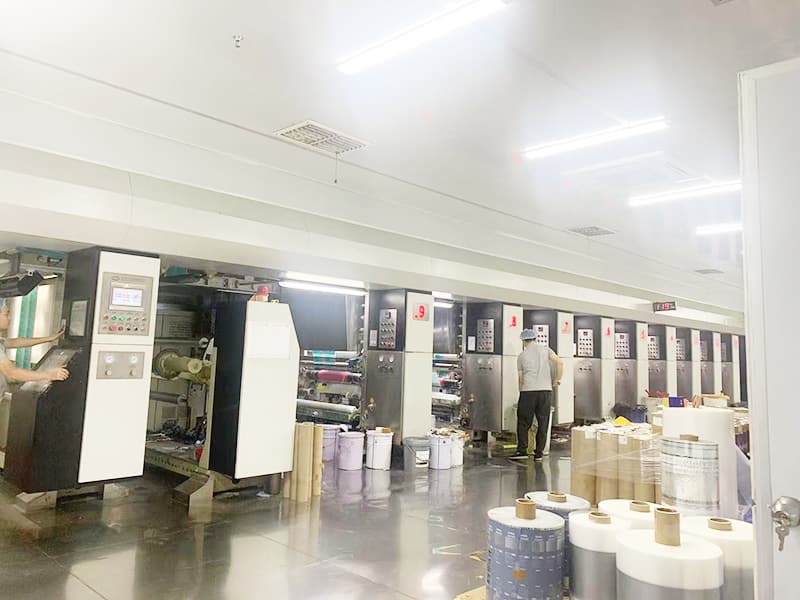Gravure printing
Gravure printing is a high-volume, intaglio printing process where images are engraved into a printing cylinder to transfer ink directly onto various substrates. It is renowned for its exceptional print quality and efficiency, making it a popular choice in the printing industry.
How Gravure Printing Works
1. Cylinder Engraving: The image is engraved into a metal cylinder, creating cells of varying depths to hold ink.
2. Inking: The engraved cylinder is inked, and a doctor blade removes excess ink, leaving ink only in the engraved cells.
3. Transfer: The substrate (e.g., paper, foil, or plastic film) is pressed against the cylinder, transferring the ink from the cells to the substrate.
4. Drying: The ink is dried using heat or UV light to ensure proper adhesion and durability.
Key Benefits of Gravure Printing
• High Quality: Produces sharp, detailed images with consistent color reproduction.
• Efficiency: Ideal for long print runs due to high-speed capabilities and long-lasting cylinders.
• Versatility: Can print on a wide range of substrates, including paper, board, foil, and plastic films.
• Durability: Engraved cylinders can withstand millions of impressions without significant wear.
Common Applications
• Packaging: Widely used for flexible packaging like food wrappers, pouches, and laminates.
• Publications: Suitable for high-quality magazines, catalogues, and books.
• Specialty Items: Includes wallpaper, gift wrap, and premium labels.
Why Choose Gravure Printing?
• Consistency: Ensures uniform print quality across large production runs.
• Detail: Capable of reproducing fine details and a wide tonal range.
• Cost-Effective: Economical for high-volume printing due to its efficiency and long cylinder life.
In summary, gravure printing is a reliable and efficient method for producing high-quality prints on a variety of substrates. Its ability to deliver consistent results and handle large print runs makes it a valuable choice for many printing needs.
 Digital Printing
Digital Printing
 Gravure printing
Gravure printing

